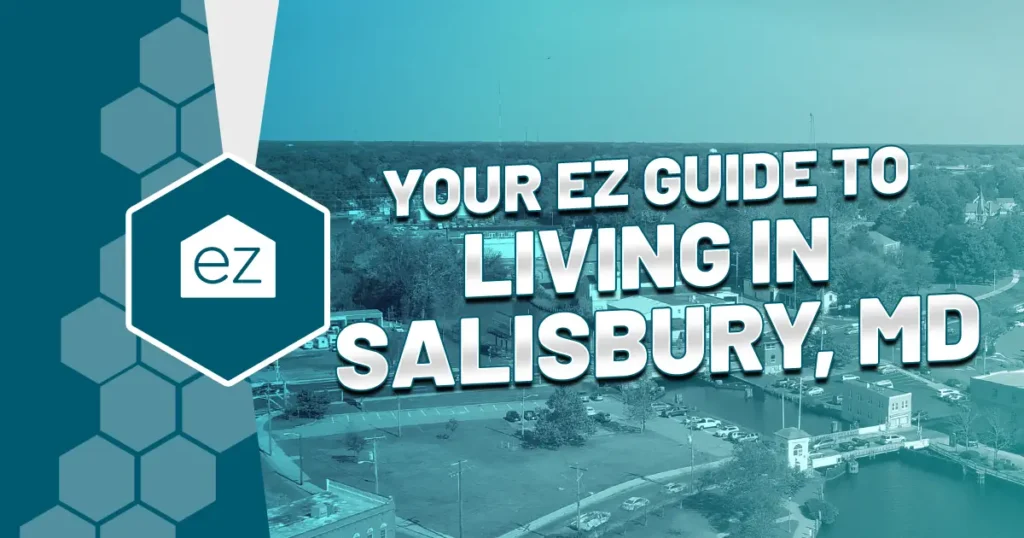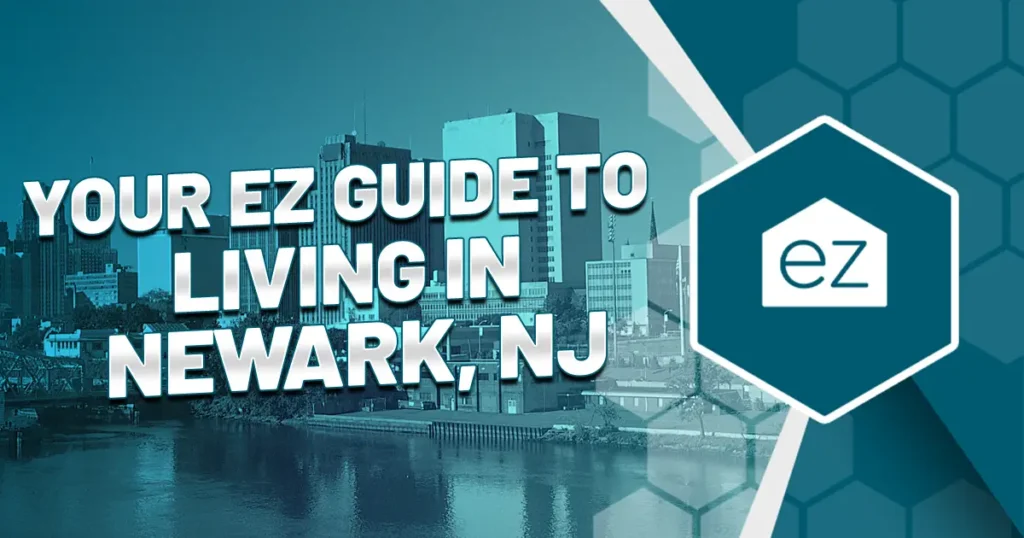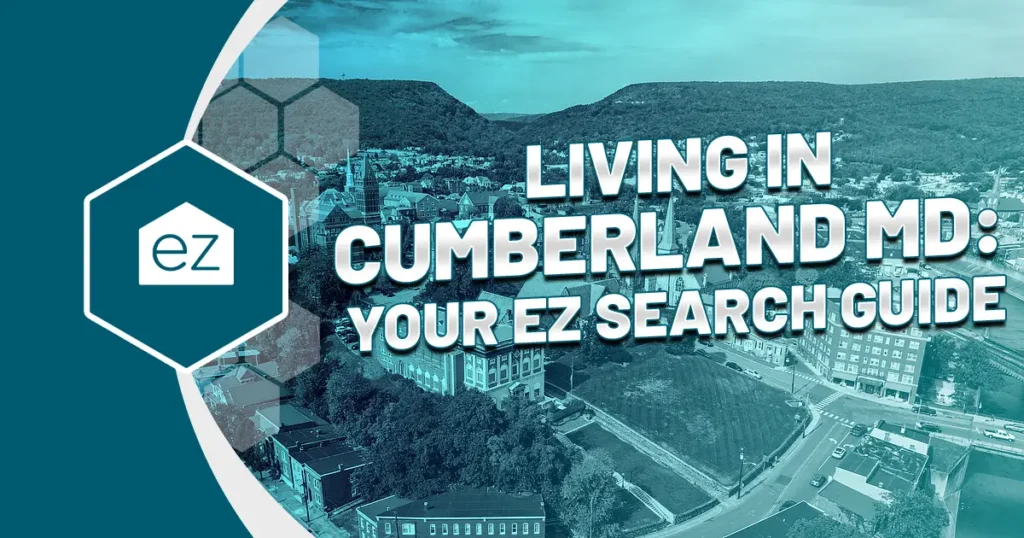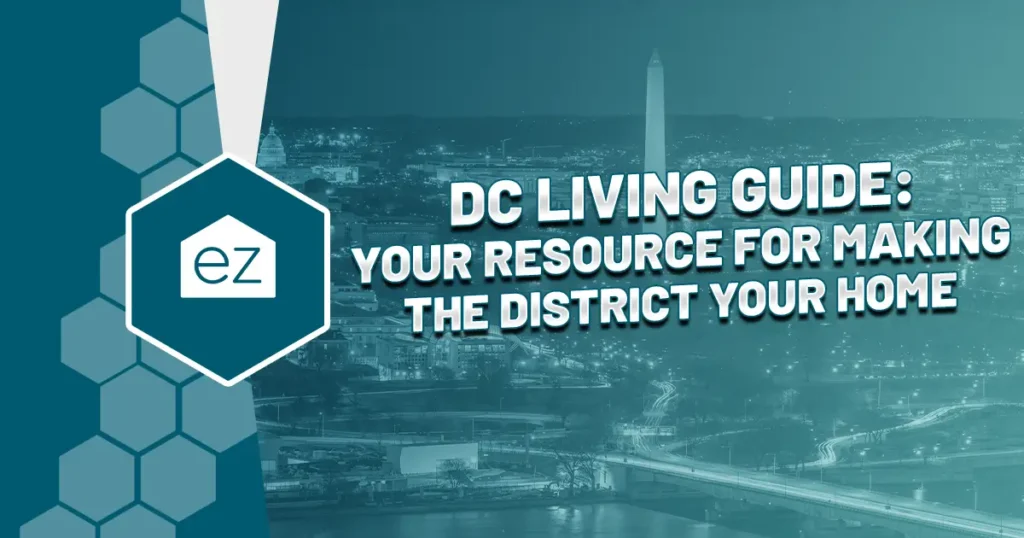Your Cleveland, Ohio Real Estate Questions Answered
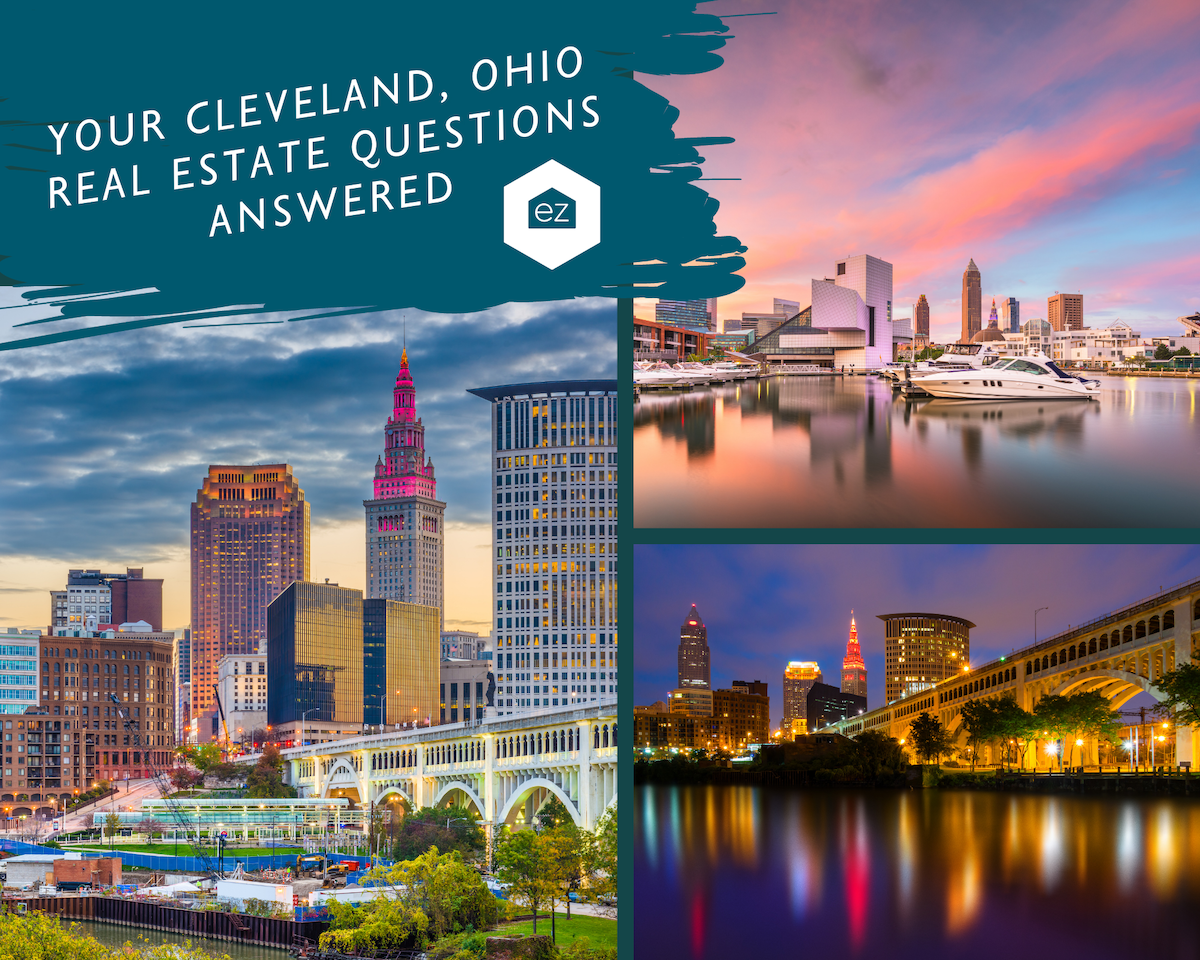
Your Cleveland, OH Real Estate Questions Answered
If you’re curious about the Cleveland real estate market, you’ve come to the right place. Here, you’ll find information on average home prices, condos and townhomes available, property taxes, and more.
In addition, we’ll take a look at some of the neighborhoods in Cleveland and what they have to offer. If you’re interested in waterfront properties, we’ll tell you where to look in Cleveland. Finally, we’ll give you some insight into what it’s like to live in this great city.
So, we’ve got you covered whether you’re just curious about Cleveland or ready to start your home search. Keep reading to learn everything you need to know about the Cleveland, Ohio, real estate market.
What is the average price of a home in Cleveland, OH?
Cleveland has 1,728 homes for sale in March 2022, with a median price of $110,000. This was a decrease of 4.1% from last year’s peak average price of $119,000. March prices ranged from $5,000 for historic fixer-uppers to $6,500,000 for executive homes on the lakefront.
Are there any condos or townhomes available in Cleveland, OH?
Yes, condos and townhomes are available in Cleveland. March 2022 had 185 for sale. The prices ranged from $30,000 for a studio condo to $1,900,000 for a unit in a high-rise penthouse condo near downtown.
What is the property tax rate for Cleveland, OH?
The property tax rate for Cleveland was 3.02% in 2020. Some neighborhoods had an additional tax assessment. Property taxes are levied on a property’s full market value. A $100,000 home paid $3,020 in property taxes. That figure includes the Cuyahoga County tax rate. The tax rates in and around Cleveland are some of the highest in the state.
What county is Cleveland, OH in?
Cuyahoga County is located in northern Ohio and has 1,264,817 people as of 2020. Cleveland’s northern border is Lake Erie. Between 1995 and 2000, Cuyahoga County’s population decreased by about 1.3 percent. As of 2000, Cuyahoga County was still the most populous county in Ohio, with almost 2,800 people per square mile on average.
Cleveland is the county seat and largest city in Cuyahoga County, with a population of 385,282 people in 2020. Cleveland has lost more than 30,000 people since 1990 compared to other significant cities in Ohio. This decrease can be explained by manufacturing employment being on the decline for some time.
What is it like to live in Cleveland, OH?
Cleveland is a great city for those who love the outdoors. There are plenty of parks and green spaces and a few beaches on Lake Erie. The city also has a lively arts and culture scene, with several theaters and museums.
Don’t forget about the food! Cleveland is home to some amazing restaurants, focusing on local ingredients. It has strong European influences, from Eastern European delicacies to pasta dishes in Little Italy. Cleveland is a multicultural city, which adds to the city’s character.
Cleveland is known for the Cleveland Clinic, a well-renowned institution for medical innovation and research.
Is Cleveland growing?
No, Cleveland is actually declining in population primarily due to the exit of industrial companies. According to the U.S. Census Bureau, Cleveland’s population has been declining steadily since 2010 at 0.59% per year. The 2020 Census registered 372,624 residents, a drop of 5.65% over the decade.
Still, Cleveland remains the second-largest city in Ohio in the 54th largest city in the United States.
What neighborhoods are in Cleveland, OH?
There are many great neighborhoods to choose from in Cleveland, OH. Some favorites include Downtown, Ohio City, Tremont, and University Circle. Each neighborhood has its own unique charm and character.
Eastern European immigrants founded the Broadway Slavic Village. Today it has a historic district with quality retail, restaurants, and cultural attractions.
Clark-Fulton is a multicultural area with the largest Hispanic and Latin population in Ohio.
Collinwood includes the Waterloo Arts District. The murals and creative works are found throughout the area. There are indie shops, dive bars, and attractions throughout the area.
The Fairfax community has song seen a lot of recent redevelopment thanks to the Cleveland Clinic. This area is home to the country’s oldest African-American theater. It’s also full of historic architecture and churches.
Glenville is known as the home of Superman– or rather his creators Jerry Segall and Joe Schuster. The modern Glenville is a mixed-use complex with lots of boutiques and dining options.
The Hough neighborhood is between Midtown and University Circle. There’s a lot of history in this community, which operates the historical park and has the African-American Museum of Cleveland.
Little Italy is near the Case Western Reserve University campus and at the base of Murray Hill. It was first settled in the late 19th century by Italian artisans. It feels like you’re stepping into a European village with narrow streets and Italian eateries.
Midtown is another area undergoing revitalization. Historic buildings have readapted into thriving museums, dining venues, and entertainment here. These new buildings are juxtaposed with shiny new construction with residential and mixed-use options.
Ohio City is a section of Cleveland known for its Market District on the main drag across from the Cuyahoga River west of downtown. The Westside Market is a bustling destination with many upstart restaurants and funky local shopping. There’s an entrepreneurial and artistic spirit here.
St Clair-Superior is another multicultural part of Cleveland. Here, you have a junction of manufacturing, unique dining options, and art and design. This neighborhood includes the AsiaTown district, which has cultures from around the globe.
Tremont is a residential-heavy part of Cleveland and close to downtown. There are a lot of restored homes here. Residents are surrounded by coffee shops, restaurants, boutiques, the oldest beer garden in Cleveland, and historic architecture.
University Circle is home to the Case Western Reserve University and the University hospitals. The neighborhood has ample green spaces, a collection of Cleveland’s museums, and some of its high-end restaurants.
The West End neighborhood has its roots in Irish immigrants. You’ll see lots of Celtic touches in this neighborhood from the authentic Irish pubs in the names on the streets. It’s location is between downtown and the airport.
North Coast Harbor is where the city meets the lake. There are a lot of major attractions here, such as First Energy Stadium and the Rock ‘n’ Roll Hall of Fame. Residents have stunning views of these attractions and Lake Erie from the tall condos.
The Flats is another lakefront location that has undergone a multi-million dollar revitalization along its banks. It now has lots of bars, restaurants, shops, and green spaces. Here you can watch the shipping freighters navigate the Cuyahoga River’s sharp turn.
Are there any waterfront properties found in Cleveland, OH?
Yes! There are several waterfront properties available in Cleveland, OH. Cleveland is on the shore of Lake Erie, but you also have the Cuyahoga River and Rocky River running through the city. If you’re interested in living on the water, you’ll have plenty of options to choose from.
Lake Erie isn’t exactly well known for its beaches, so if you’re expecting real estate with beachfront, it’s not as likely in Cleveland. Much of the lakefront is developed for the shipping industry, commercial enterprises, or preserved in a public park. Along the lake, you’ll find condos that will provide you with lakefront views.
If you prefer single-family housing, your options increase as you move further away from downtown or as you move inland along the rivers. Some neighborhoods you can look at our the Village of Bratenahl, Euclid, Bay Village, Lakewood, and Mentor on the Lake. Look in Rocky River (the community), Cuyahoga Heights, Brooklyn Heights, St. Clair-Superior, and Fairview Park for riverfront living.
How is golf in Cleveland, OH?
Golf in Cleveland is excellent! Residents have a total of 67 courses in the greater metro area. Shawnee Hills golf course, Shaker Heights Country Club, and Big Met Golf Course are several great golf courses.
Cleveland Metroparks offers great public golfing with its eight courses that are conveniently located throughout Cuyahoga County. The golf courses range from a popular par-three to championship layouts, which are difficult even for the best golfers.
Are there golf course communities in Cleveland, OH?
Yes! Several golf course communities are available in Cleveland with the access and amenities you’d expect. Some of our favorites include Stonebridge Country Club and The Signature at Solon. Other choices include Quail Hollow and Red Tail. These communities offer world-class golfing amenities and beautiful homes.
In the suburbs around Cleveland await more golf course community choices. You can look at the Barrington Estates and Golf Club, Shaker Heights Country Club, Briarwood Golf Course, and Highland Heights.
Are there any gated communities in Cleveland, OH?
Yes, you can choose from several gated communities in Cleveland. These communities offer a variety of amenities, including swimming pools, tennis courts, and more. For a gated community lifestyle, look in Hidden Woods, Pepper Pike, Sterling Lakes, Columbia Station, Lakes of Orange, Avon Lake, Westlake, and North Ridgeville. The Signature of Solon is also a gated golf course community.
What areas are near Cleveland, OH?
Cleveland is surrounded by many suburbs that have their own charms and attractions. These include boating access in locations from Avon Lake to Fairport Harbor. Popular suburbs include North Olmsted, Chagrin Falls, Shaker Heights, and West Lake.
Just south of the city is the Cuyahoga Valley National Park, which has acres of preserved waterways and woodlands. You can feel like a world away from the city within a 30-minute drive.
If you’re looking for a city with plenty to do, you’ll want to check out Akron, Canton, and Youngstown. Each of these cities is located within a short drive of Cleveland and offers unique attractions and activities.
Downtown Cleveland to Akron is about 40 minutes by car or 40 miles. Youngstown is about 75 miles away. Sandusky, well known for Cedar Point Amusement Park, is about 62 miles.
State capital Columbus is roughly a two-hour drive.
What should I know about living in Cleveland, OH?
Living in Cleveland has its pros and cons. On the plus side, you’ll be in proximity to many great neighborhoods, restaurants, and attractions. Additionally, the cost of living in Cleveland is relatively low compared to other major cities.
However, Cleveland does have areas to improve. The city has a high poverty rate and a high crime rate. In addition, the weather can be unpredictable; you can expect everything from blizzards to heat waves during a year.
Still, for the right person, Cleveland can be a great place to live. If you’re considering moving to this city, it’s important to weigh the pros and cons carefully and make sure it’s the right decision for you.
Start Your Home Search
Preston Guyton
Share this Post
Related Articles
Living In
Your EZ Guide to Living In Salisbury, MD
Living In
